The senior living industry is in the middle of a generational transition. Baby Boomers are now entering their 70s and 80s. This group is larger, more diverse, and has different expectations than the generations that came before them. As new senior living trends emerge, providers are rethinking how care is delivered, how housing is designed, and how wellness is supported.
Align Senior Care is part of this transformation. As a Medicare Advantage plan serving residents in long-term care and senior living communities, Align Senior Care coordinates directly with senior living communities to embed care teams, coordinate benefits, and create stronger continuity of care. The following trends are shaping the future of senior living—and directly influencing how health plans like Align Senior Care are developed.
Top Trends in 2025
Middle-Market Models Are Expanding
A large portion of Baby Boomers don’t have the financial resources to enter high-end retirement communities. At the same time, they expect more than the basic support that a traditional assisted living community may provide. This is creating pressure to build sustainable models that fall between luxury and minimal care.
The most in-demand senior living options today include:
- Active adult communities, for those who want social connection and lifestyle amenities without bundled healthcare
- Continuing Care at Home (CCaH) programs, which combine long-term care insurance models with home-based support
- Co-housing or intentional communities, which offer shared kitchens, gardens, or living spaces while maintaining private quarters
- Affordable assisted living, where services such as housekeeping, meals, and personal care are offered at a fee
Other emerging models include modular housing units built on multigenerational properties, and lease-based programs where seniors retain flexibility without large entrance fees. Providers that can accommodate these preferences without financial overreach are seeing consistent interest. These senior housing trends reflect a push toward flexible, cost-accessible living environments that still offer strong support systems.
Planning for Solo Aging
According to the U.S. Census Bureau, nearly one in five older adults is aging without children.1 That rate is even higher among women, and the numbers continue to grow. Gray divorce, later-in-life singlehood, and distance from adult family members mean that many older adults are managing health and housing decisions on their own.
This creates logistical and emotional challenges. Without a spouse or adult child to accompany them to appointments or serve as an emergency contact, solo agers need communities that build support systems directly into day-to-day life. More communities are now offering:
- Wellness check-ins
- Advanced care planning support
- Advocacy programs
- Shared decision-making assistance through clinical care teams
Align Senior Care’s care teams are equipped to support their members through proactive outreach, transitional care coordination, and point-of-care benefits education.
Technology Is Built into the System
Technology isn’t a separate category anymore. It’s woven into how care is delivered, how risks are assessed, and how residents stay connected. Communities are integrating smart tech to improve quality of life and streamline operations.
Some examples of how technology is impacting the industry:
- Motion sensors and passive monitoring systems that alert staff to inactivity or unusual behavior patterns
- Wearable devices that track mobility, hydration, or sleep cycles
- Voice-activated assistants that help residents set reminders, adjust lighting, or call for help without reaching for a device
- Digital platforms that let families check in on loved ones, review care updates, and schedule visits
These solutions allow staff to prioritize residents who need urgent attention and enable earlier clinical intervention. For providers working with Medicare Advantage plans, this data also supports documentation and outcome tracking tied to quality measures.
Wellness Programs Reflect Boomer Priorities
Older adults today want to stay engaged, active, and in control of their health. Many aren’t just asking for support—they’re asking for coaching, feedback, and personalized options. In response, communities are building robust wellness programs that touch all areas of life.
Common offerings might include:
- On-site fitness centers, yoga or tai chi classes, and personal training
- Group workshops on cognitive health and brain aging
- Wellness coaches who create individualized plans around mobility, nutrition, and chronic condition management
- Men’s and women’s peer support groups for emotional and mental well-being
Some communities partner with universities for lifelong learning courses, while others run tech literacy programs so residents can use tablets, video calls, and health portals confidently.
Aging in Place Is Driving Service Expansion
While communities are still filling a major role, more older adults want to stay in familiar environments as long as possible. The concept of aging in place has gone from preference to expectation. This is leading many senior living organizations to offer services that can be delivered at home.
Many nonprofit life plan communities now offer home-based services that can include:
- In-home nurse visits and chronic care management
- On-site diagnostic testing (labs, imaging, EKGs)
- Physical therapy and rehabilitation in the home
- Remote care monitoring for high-risk individuals
Memory Care Investment Is Increasing
The demand for memory care continues to grow, with Alzheimer’s diagnoses projected to rise significantly in the next two decades. Providers are expanding their memory care capabilities both within traditional assisted living and as stand-alone programs.
Key features include:
- Environments designed to reduce confusion (lighting, signage, layout)
- Staff training programs focused on de-escalation, redirection, and routine building
- Specialized activity programs that encourage cognitive engagement
- Sensory rooms, music therapy, and reminiscence activities
Many memory care programs now include intergenerational elements, shared activity spaces, and sensory-based engagement that support gentle movement and cognitive stimulation. These features help reduce behavioral disruptions, promote calm, and encourage meaningful connection—both within the resident community and with the broader environment.
Communities Are Opening Up to the Public
Older adults don’t want to feel cut off from daily life. Many providers are now designing open campuses that include:
- Cafes and dining venues open to the public
- Daycare centers or after-school programs with intergenerational programming
- Farmer’s markets, concerts, and workshops for the local community
- Adult education courses offered in partnership with local colleges
Some communities are being built adjacent to or even within college campuses, giving residents access to libraries, classes, and cultural programming. These efforts reduce isolation and align with the preferences of younger seniors who prioritize social connection.
Integrated Care Delivery Is Scaling Up
Payer-provider integration is becoming more common in the senior living space. These “payvider” models combine insurance benefits with care delivery to remove duplication, reduce delays, and streamline health services.
With Align Senior Care’s model, residents have access to:
- On-site or mobile care teams
- Coordinated services across specialists, hospitals, and pharmacies
- Real-time care adjustments based on analytics and staff input
- Simplified communication for both staff and members
This model reduces handoffs and gives providers the tools to act quickly when needs change. It also enables better use of clinical resources and supports consistent documentation tied to Medicare Advantage quality benchmarks.
Looking Ahead at Senior Living Industry Trends
Senior living in 2025 looks different than it did even five years ago. It’s more personalized, more interconnected, and more deeply tied to healthcare delivery than ever before. These trends are shaping how housing, care, and wellness come together—and they’re influencing how benefits are structured and delivered through plans like Align Senior Care.
Align Senior Care works directly with senior living communities to bring these models to life. Whether through care team collaboration, home-based service coordination, or data-driven care planning, Align Senior Care’s Medicare Advantage plans are designed to evolve alongside the communities they serve.
Source:
U.S. Census Bureau. “No Kids, No Care? Childlessness Among Older Americans.” Accessed June 9 2025.
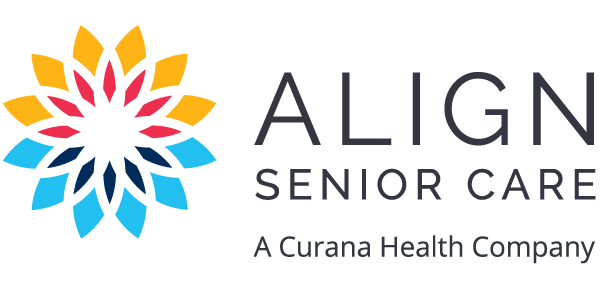

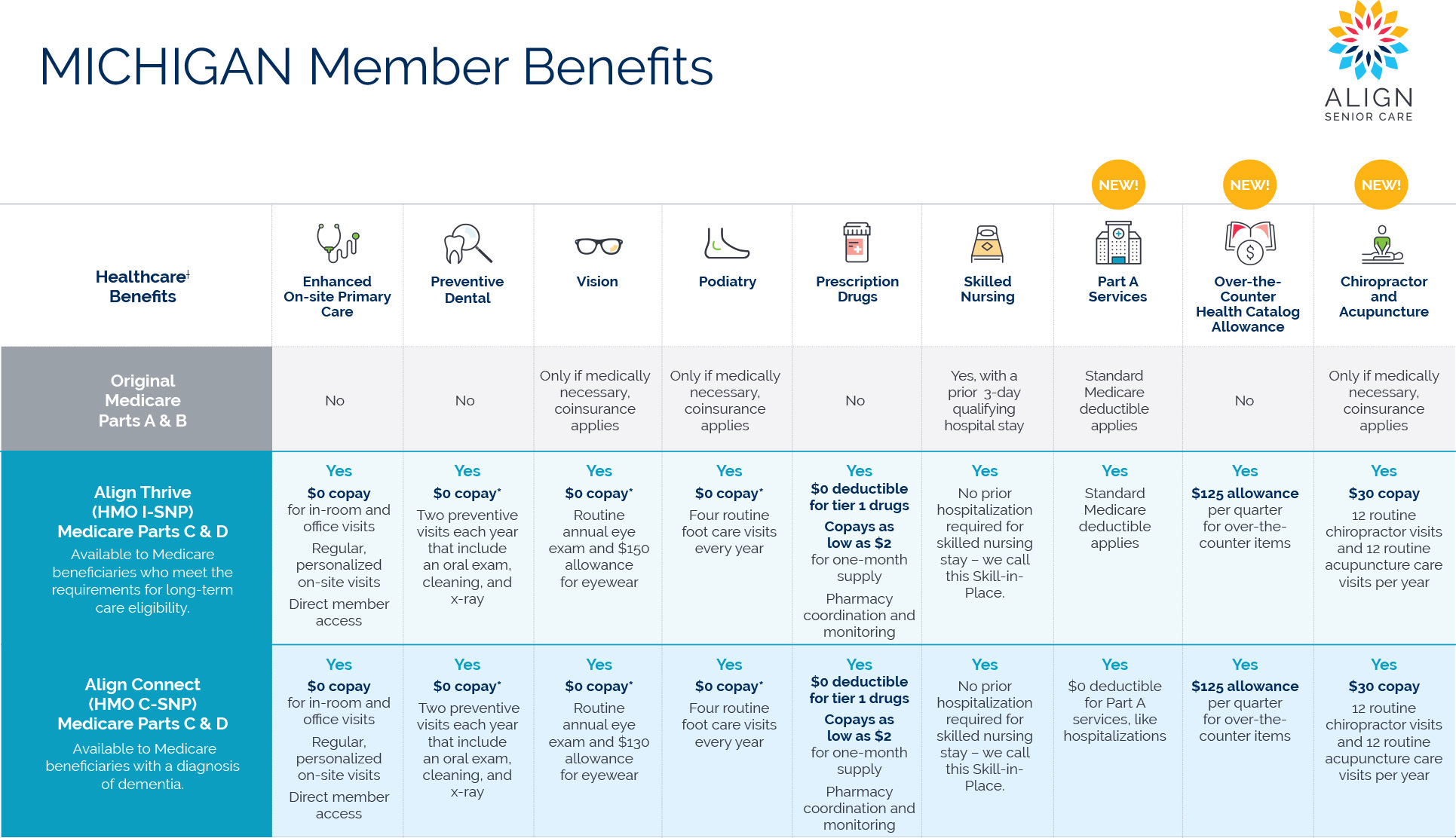
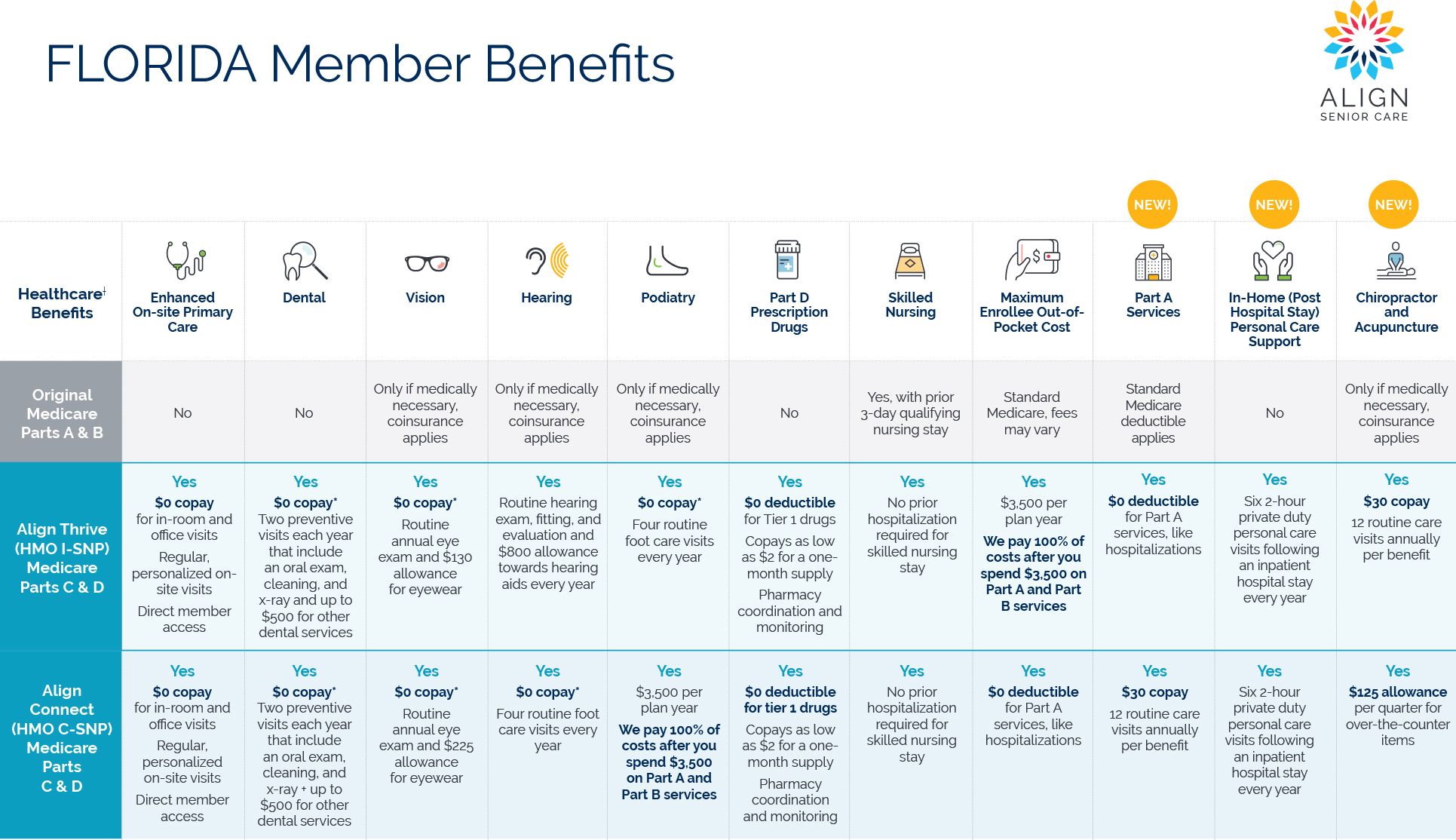
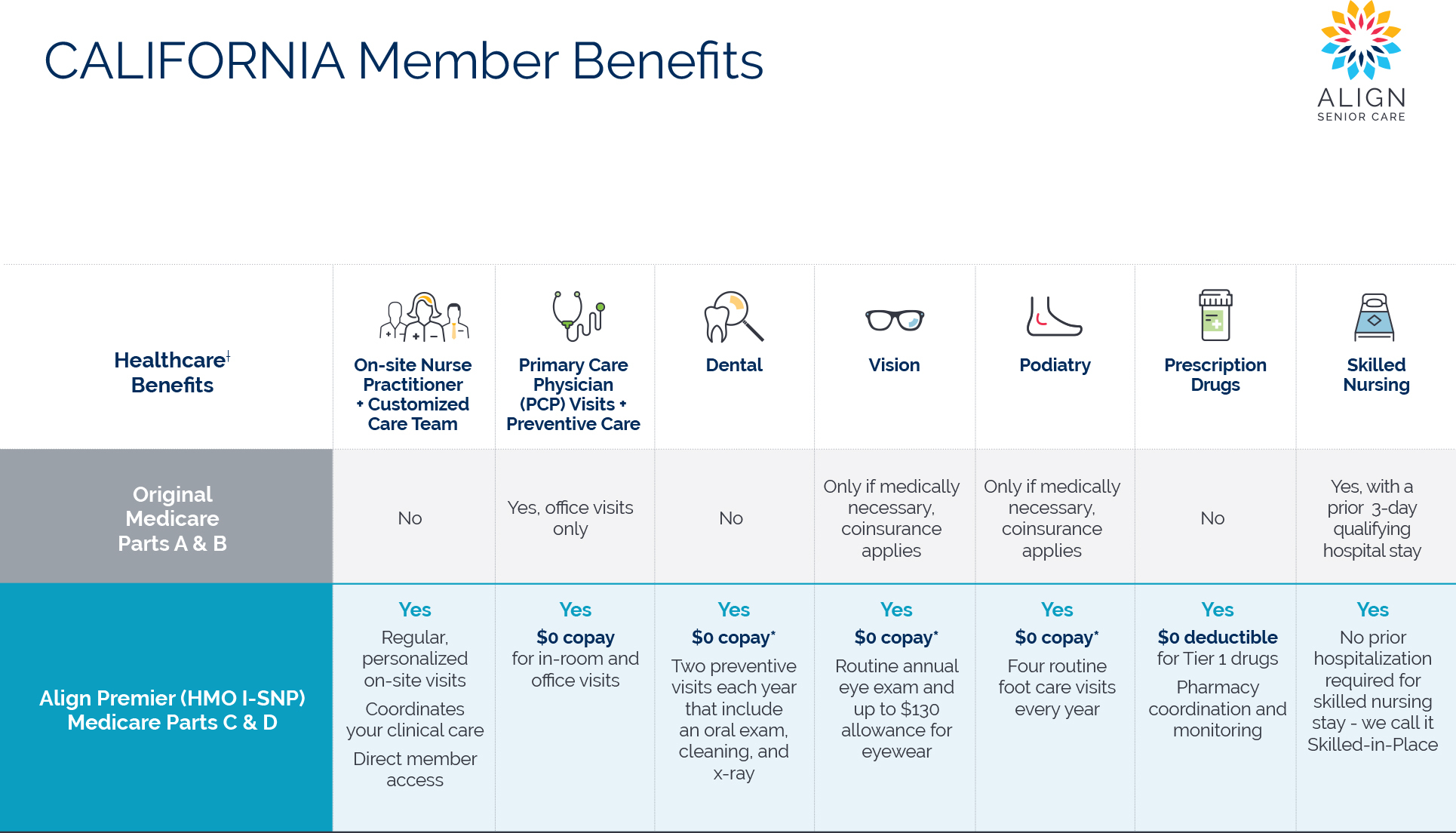
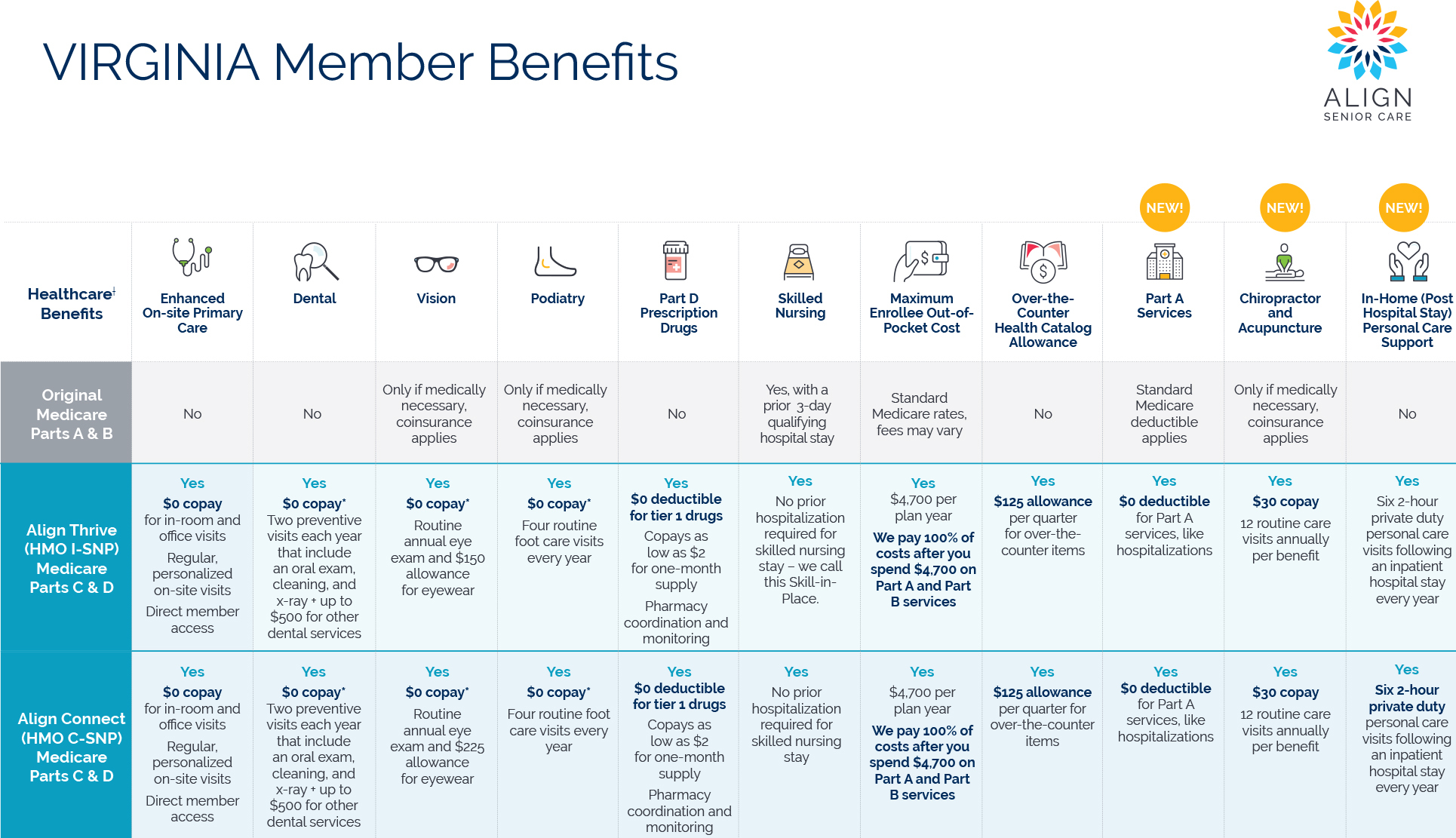
Recent Comments